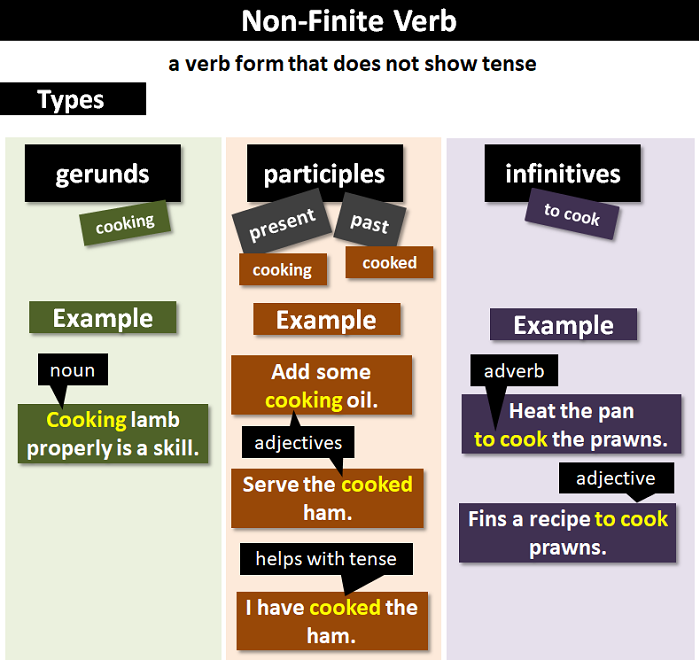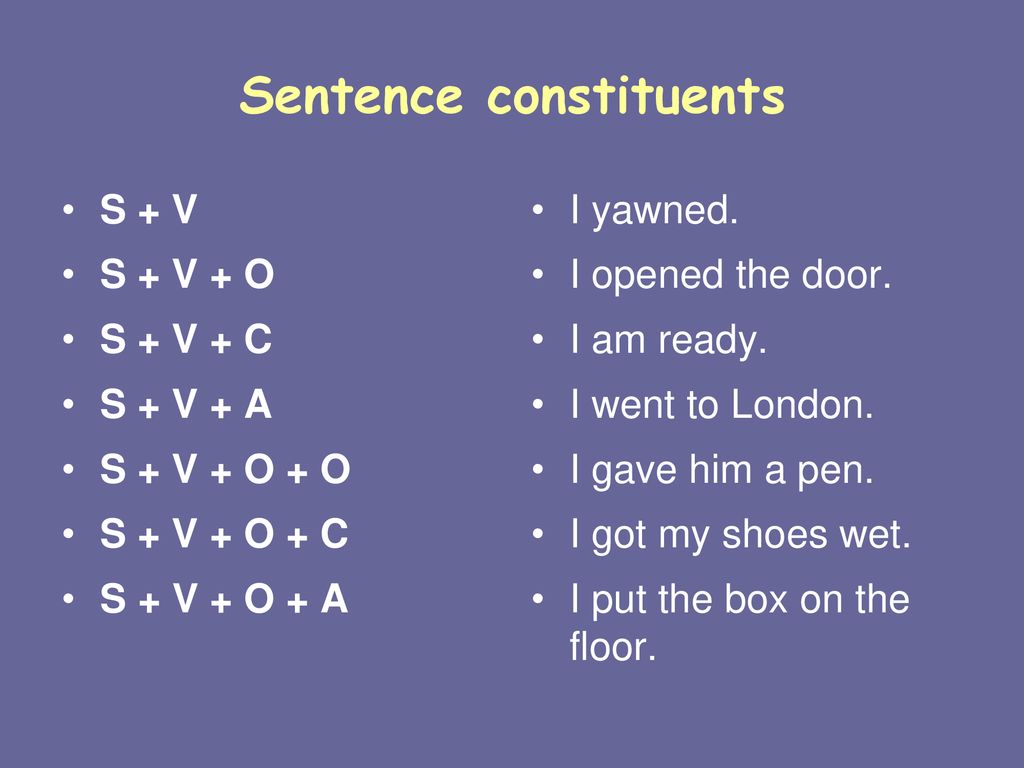系統思考子句理論

紫式晦澀每日一篇文章第27天
前言
-
今天是2022年第24天, 全年第4週, 一月的第四個週二. 今天來系統思考「子句(Clause)」與「句子(Sentence)」相關的知識. 增加對文字的感受能力, 快速學習找出更深的體會.
-
今天的素材主要來自Grammar choices for graduate and professional writers . 這本書在博士一二年級時有仔細研究過, 而現在又有更多寫文章的經驗, 再來讀讀一定會有新收穫.
- Finite Clause vs. Nonfinite Clause
- 子句 Clauses
- Finite and Non-Finite Verbs | Definition, Useful Rules & Examples
- Exploring the grammar of the clause
- English clause syntax
子句 Clause
心法: 有界主句表達主要命題, 無界子句附加背景證據
-
子句(Clause): 表達完整命題(Complete Proposition)的最小文法單位. (A clause is often said to be the smallest grammatical unit that can express a complete proposition.)
-
有界子句(Finite Clause):
- 有「動詞 (Verb)」表達「時態,人稱, 性數」, 有「主詞 (Subject)」.
- A finite clause includes a primary verb — a verb that can be inflected for tense, person and sometimes number — and includes a subject.
- 有限子句: 獨立子句, 對等子句, 附屬子句, 補充子句.
- A finite clause can stand alone as an independent clause (a sentence), or it can serve as a coordinate clause, a subordinate clause, or a supplementary clause.
- 無界子句 (Non-finite clause):
- 相依子句, 鑲嵌子句, 表達狀態或事件, 不會因為造句而改變. 因此使用時「不用指定時間」.
- A dependent or embedded clause that represents a state or event in the same way no matter whether it takes place before, during, or after text production.

技法: 有界動詞與主體表達, 時態, 語貌, 語態, 語氣; 無界動詞構造, 動名詞, 不定詞, 分詞

- 有界動詞(Finite Verb):
- 主要動詞(Main verb), 會隨著主詞(Subject)而改變形式
- 表達時態, 語貌, 語態, 語氣(Tense/Aspect/Voice)
- 時態(Tense): 在時間位置上
- 語貌, 體 (Aspect): 完成, 未完成
- 語態(Voice): 主動, 被動
- 語氣(Mood): 必要性程度, 義務, 可能性, 能力

- 無界動詞(Non-finite Verb):
- 無法成為主要動詞
- 無法表達時態, 語氣, 性別
- 於句子中如同「名詞(Nouns)」, 「副詞(Adverbs)」與「形容詞(Adjectives)」.
- 構造「無界子句(Non-finite clause)」成為相依子句

- 無界動詞構造三法(Verbal):
-
- 動名詞 (Gerunds): 如同「名詞(Nouns)」
-
- 不定詞 (Infinitives): 如同「副詞(Adverbs)」與「形容詞(Adjectives)」
-
- 分詞 (Participles): 如同「形容詞(Adjectives)」

用法: 句型分析, 立即組成分析
- 句子組成分析:
- 從子句的理論, 我們可以去研究「句子組成分析 (Sentence Constituents)」

- 立即組成分析(Immediate Constituent Analysis; IC analysis):
- 非常酷的領域!之後研究一番!

文法: 獨立子句完整命題; 相依子句豐富命題
- 獨立子句類型(Type of independent clause):
-
- 直述句(Declarative)
-
- 疑問句(Interrogative)
-
- 命令句(Imperative)
-
- 感嘆句(Exclamative)
- 相依子句類型(Type of dependent clause):
-
- 關係子句(Relative Clauses)
- 1.1. 非wh關係子句(Non-wh-relatives)
- 1.2. Wh關係子句 (Wh-relatives)
-
- 比較子句(Comparative Clauses)
-
- 內容子句, 名詞子句, 補充子句 (Content clause, Noun clause, Complement clause)
- 3.1 直述名詞子句(Declarative content clause)
- 3.2 疑問名詞子句(Interrogative content clause)
- 無界子句(Non-finite clauses):
- 裸不定(bare infinitive): go to the party
- To不定子句(to-infinitive clause): to go to the party
- 過去分詞子句(past participial clause): 完成體構造: I had seen to it.
- 現在分詞子句(present participial clause): 繼承主要子句的主詞, 做形容詞或副詞: The king being in good health, his physician was able to take a few days' rest.
- 動名詞子句(gerund clause): 繼承主要子句的主詞, 做名詞
- 無動詞子句(Verbless clauses):
- 借「謂詞(Predicand)」來造句: With the children so sick, 這句裡面並沒有動詞, 原型是 the children are so sick. 這裏把
are替代成with了 - 其他命題例子: although, once, when, while 都有類似表達
- 例如: Although no longer a student, she still dreamed of the school. 裡面的原句是 she is no longer a student.
後記
-
到此我們從子句的概念, 看到動詞以及組成分析(Constituent Analysis)相關的資訊. 之前由於對動詞的理論, 以及「語法學(Syntax)」有相當程度的研究, 現在看到這些資訊感覺醍醐灌頂!分析英文句子用組成分析, 來看各種paper是如何建構抽象的思想的!
-
每天寫文章, 把一個問題解答完整, 不只可以練習摘要的能力, 還可以確保資訊不再是碎片而是由自己的體系組織, 成為以後可複用的學習紀錄. 天天向上, 共勉之!
2022.01.25. 紫蕊 於 西拉法葉, 印第安納, 美國.
評論